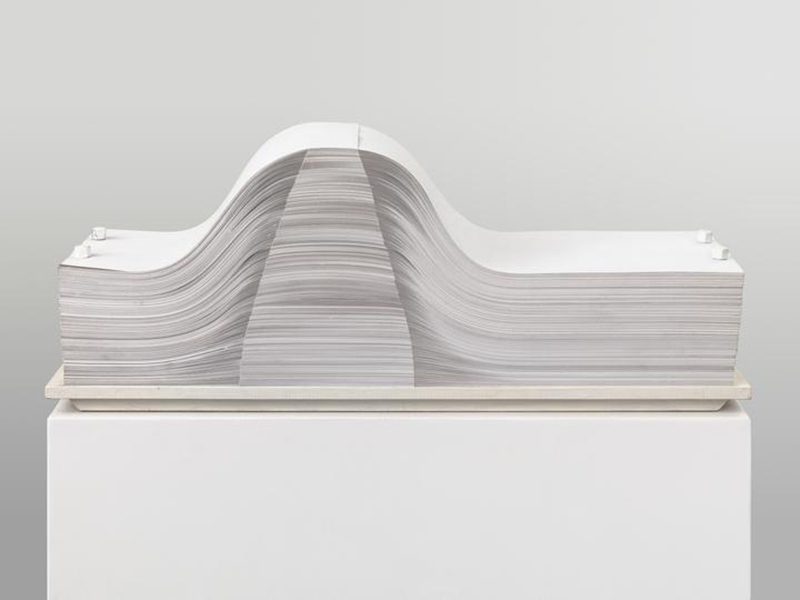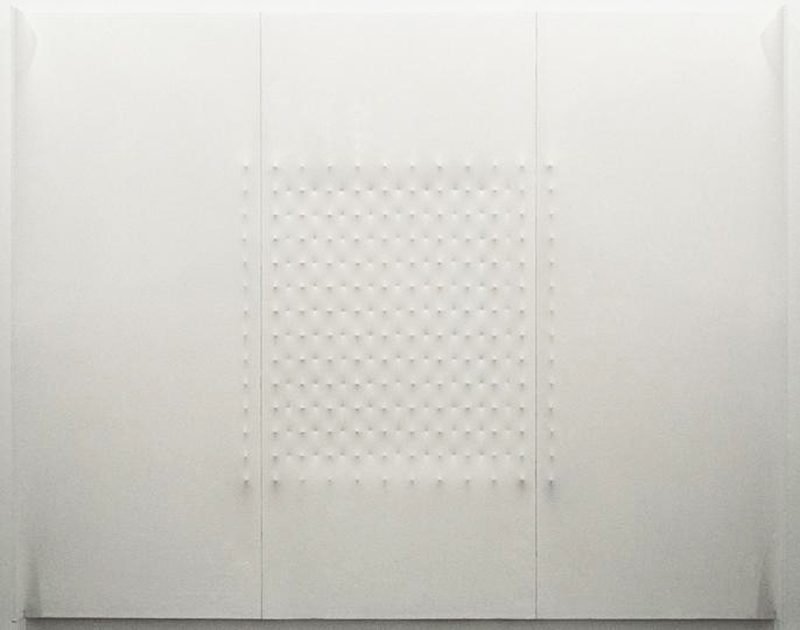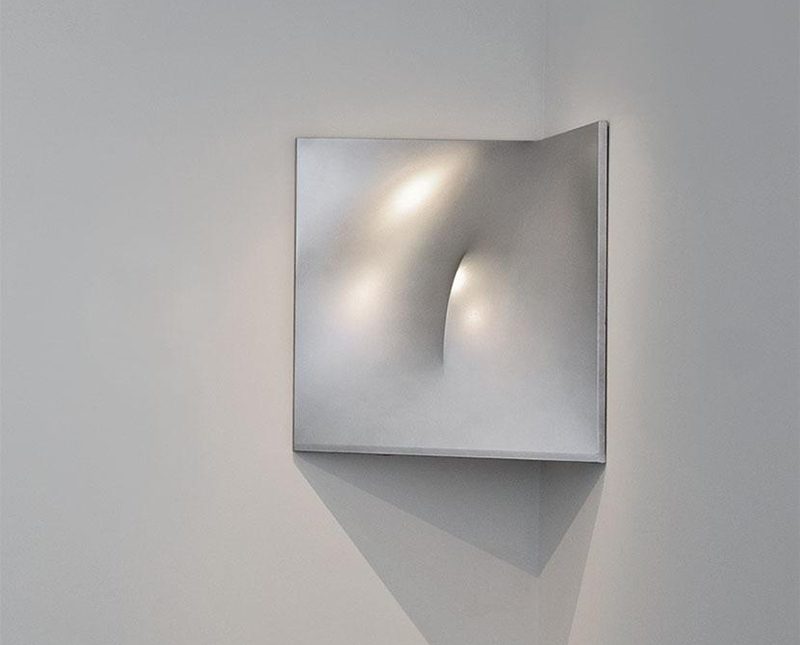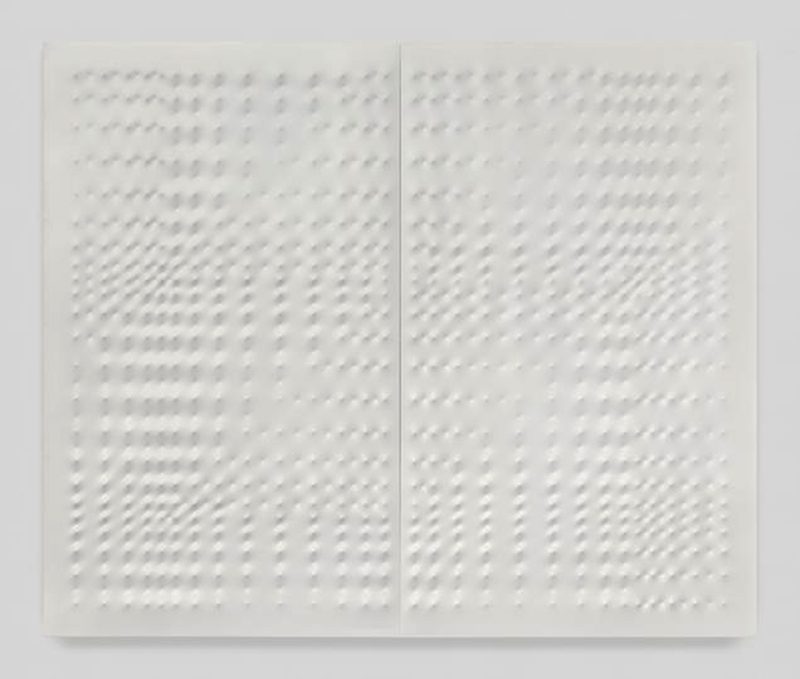ART-PRESENTATION: Enrico Castellani
 Enrico Castellani is known for his relief paintings, starting with two-dimensional works formed by fastening canvas over protruding nails to allow for variations in positive and negative space, light, and shade. This idea later evolved into shaped canvases, diptychs, and triptychs in a range of colors, though white predominated.
Enrico Castellani is known for his relief paintings, starting with two-dimensional works formed by fastening canvas over protruding nails to allow for variations in positive and negative space, light, and shade. This idea later evolved into shaped canvases, diptychs, and triptychs in a range of colors, though white predominated.
By Efi Michalarou
Photo: Dominique Lévy Gallery Archive
Throughout his career, Castellani has continued to investigate the premises he laid out when he started out as a painter in the late ‘50s. The exhibition of Enrico Castellani at Dominique Lévy Gallery explores the ways in which painting can occupy three-dimensional space by showcasing recent as well as historical works by the artist. A selection of Castellani’s large-scale shaped relief canvases “Superfici bianche” are presented in juxtaposition with recent angular metallic paintings titled “Biangolare cromato” and “Angolare cromato”, the latter of which Castellani installs in corners. These white and metallic works are placed in dialogue with one another, highlighting the ambient light and shadow effects that occur as the works activate the architectural space in which they are situated. These three-dimensional paintings are complemented by the recent sculpture “Spartito”, in which Castellani references a seminal work made in 1969 by bolting hundreds of sheets of paper together, creating a biomorphic minimalist form. Originally trained as an architect, he entered the art scene at a time when many artists in Europe were growing tired of the gestural abstract paintings of Abstract Expressionism and Art Informel. Leaving behind these ideas with their derivative links to Surrealism and the dark emotions of the WW II, Castellani, along with his close friend Piero Manzoni, formed the gallery Azimut and accompanying journal Azimut/h in Milan in 1959. With close links to the Zero group, Azimuth explored ‘a new artistic conception’ in which works were devoid of referents and achieved a state of autonomy and objectivity. During the summer of 1959, at the height of the Azimut/h period, Castellani’s oeuvre took a dramatic and important turn when he produced his earliest “Superfici” works. The first of these consisted of a black canvas pulled over a structure made of hazelnuts (Superficie nera, 1959), and subsequent works mostly comprised of a monochrome canvas stretched over a framework of nails arranged in an orthogonal sequence. This resulted in an undulating surface with a rhythmic quality akin to music or poetry. The geometric pattern of the nails, indefinitely continuous in concept, as well as the consciously unframed canvas imply the infinite and activates the wall on which the work is hung. The disruption of light and shadow over the systemised texture of the canvas further energises the space.
Info: Dominique Lévy Gallery, 22 Old Bond Street, London, Duration: 9/2-8/4/16, Days & Hours: Tue-Sat 10:00-18:00, www.dominique-levy.com



